In the business of underground utility locating services, it is critical that you know what exactly lies beneath the surface at a site such as pipes and conduits. The replacement and rerouting of underground infrastructure can be time-consuming, often very costly and is a disturbance to the environment. It is thus important to utilize tools that would provide accurate assessments and efficiently save on time, resources, and space.
The tools used for locating utilities are quite diverse, but most are met with multiple limitations. One method commonly used is the energizing of cables and metals with electric current and then with the help of a magnetic-field sensor, detecting the current. However, there are instances where the metallic object is broken, or there is a presence of non-metallic elements, which makes detection of current impossible or difficult. Read more about a private locate company near me.
Ground Penetrating Radar (GPR) is an underground utility locator that uses radio waves to locate sub-surface structures and objects without causing any damage. The radio waves/signals/frequencies will bounce off the object it comes to contact with and is received back at the antenna. From the antenna, they are transmitted by wire to a computer for processing, analysis, and display on the computer screen.
GPR is used in materials like concrete, asphalt, soil and rock, water, plastic, metal, and wood. It can also detect non-objects such as voids (hollow cavities). As such, under favorable conditions, GPR can virtually see anything.
If you are seeking for underground utility locating services, there are multiple reasons why GPR is a good fit. The end goal is to save as much time, resources, and space while getting accurate assessments.
Benefits of GPR
Provides accurate location and detection.
GPR is one underground utility locator that can trace both metallic and non-metallic utilities. These elements may include water, gas pipes, polythene, and even fiber-optic cables, which other methods find difficult or impossible to detect. It can also provide detection of pipe leakages and voids although, this will require further processing of the data.
The underground utility locator will also give you the exact locations of these objects inclusive of their depths. More so, it will perform this function without having prior knowledge of the utility’s respective location. It becomes a significant advantage when dealing with an area with complete unknowns.
Provides non-destructive examination.
The GPR underground utility locator uses either magnetic or electromagnetic principles to identify and map out the location of underground utilities. Its approach enables it to reinforce steel within concrete and voids without damaging surrounding surfaces and structures. It also enables non-intrusive inspection of a site, therefore preserving the structure and preventing project downtime.
It is cost-effective.
Utilizing GPR underground utility locating services before performing directional drilling will save you from causing damage to existing utilities, which promotes cost-effective installations. It will minimize or eliminate; setbacks from structure damages, expensive job downtime, worker injury, or shutdown of a facility for a severed utility line.
It is user-friendly.
Originally, GPR was considered a major capital investment, dedicated only to experts and skilled operators. The underground utility locator required expertise to operate owing to its complexity and its need for hands-on data processing. However, with technological advancements and innovation, the new GPR equipment is of uncomplicated electronic designs with user-friendly interfaces that do not require complex filter settings.
Other benefits of using GPR for underground utility locating services include:
- Early tracing of warning signs and,
- Fast, reliable diagnosis of problems.
Util-Locate has been a trusted provider of Ground Penetrating Radar services in California. We are qualified to do even the most challenging job. Let us know how we can help.

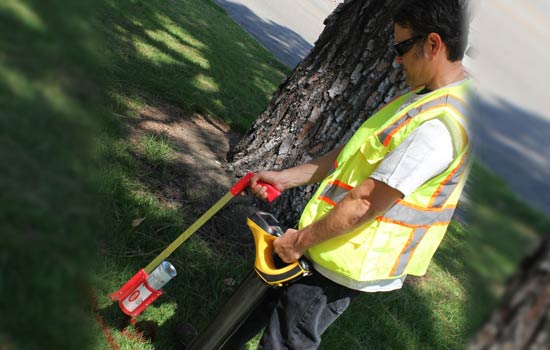
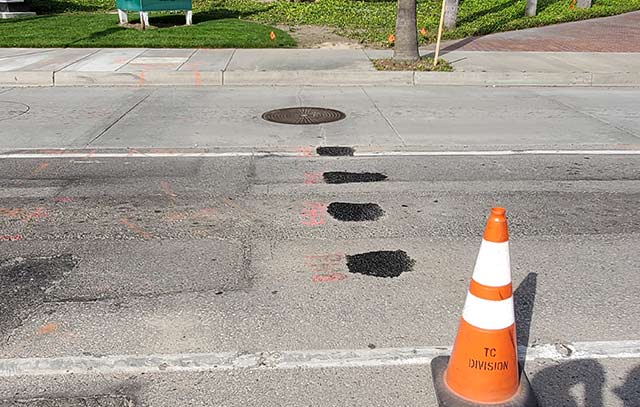
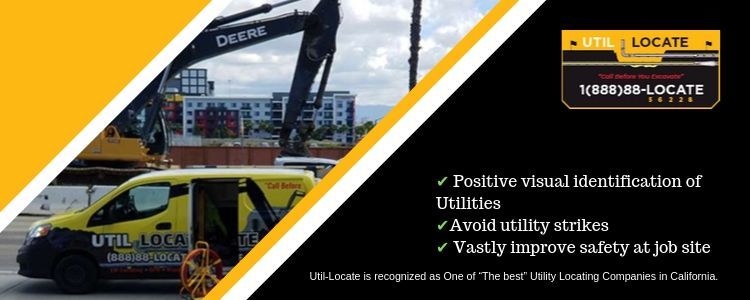
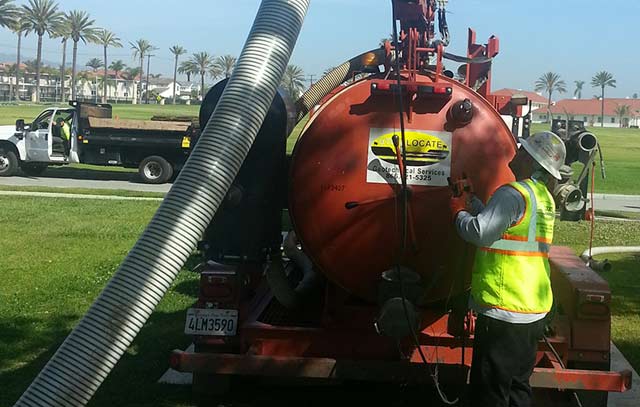
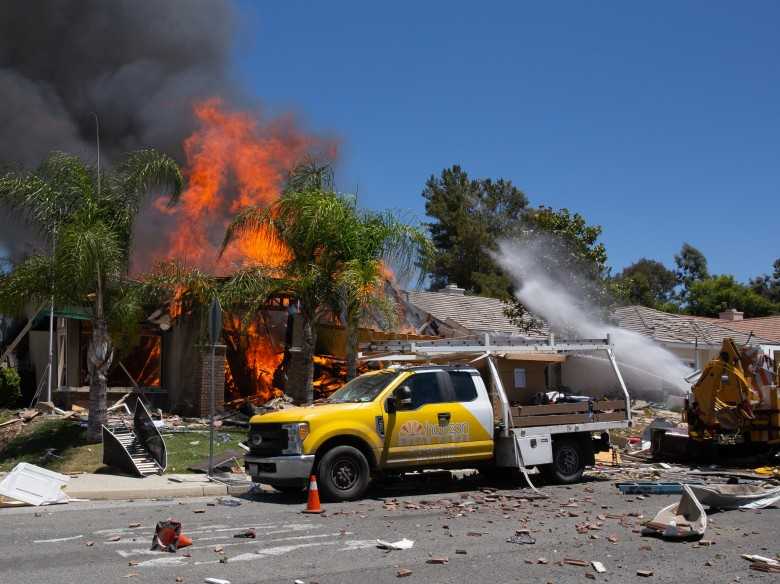
 The reason behind the Murietta explosion was a contractor who was working without having the area inspected first. The contractor not only caused irreversible damage but violated state law by not utilizing a
The reason behind the Murietta explosion was a contractor who was working without having the area inspected first. The contractor not only caused irreversible damage but violated state law by not utilizing a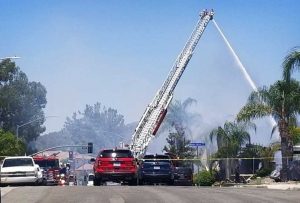
 The explosion in Murrieta destroyed more than a house; it took a person’s life. Contractors might think they know better, that they are skilled enough to work around utilities, or they want to save time on a project. However, taking the extra time to identify underground obstructions is the best way to ensure your project is completed without tragedy.
The explosion in Murrieta destroyed more than a house; it took a person’s life. Contractors might think they know better, that they are skilled enough to work around utilities, or they want to save time on a project. However, taking the extra time to identify underground obstructions is the best way to ensure your project is completed without tragedy.